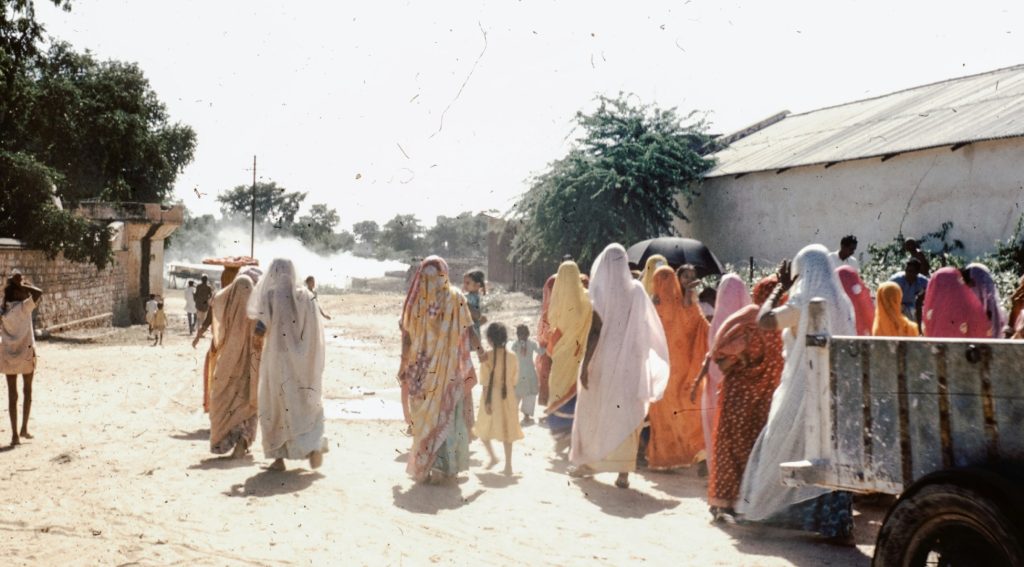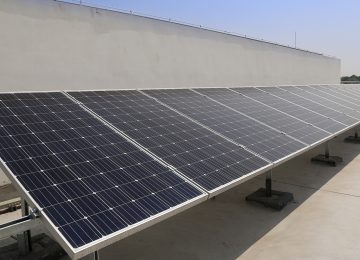Following my previous blog on the environmental consequences of deforestation, I will explore a critical, yet often overlooked, aspect: its profound and disproportionate impact on women and children.
This global crisis intensifies existing vulnerabilities. It leads to increased burdens, severe health risks, and significant socio-cultural trauma for these already susceptible populations.
The ripple effects of forest destruction are deeply felt by women and children worldwide. This ranges from heightened physical strain and malnutrition to disrupted education and the erosion of traditional cultures.
Some of the impacts of deforestation on women and children:
Increased burdens and health risks for women:
- Women, primary providers of resources, face increased health risks due to travel.
- Deforestation in India’s Eastern Himalayas increases women’s work burden.
- UNCCD study shows women are twice as affected by drought, land degradation, and deforestation than men.
- Prolonged physical strain leads to higher rates of respiratory illnesses, musculoskeletal problems, and other health issues.
Deforestation impact on birth weight:
- Decreased birth weight by 19 grams per standard deviation increase.
- Higher rates of low birth weight (0.43% increase).
Impact on children’s health:
- Deforestation leads to malnutrition in children due to scarcity of diverse forest foods.
- High forest exposure leads to 25% greater dietary diversity in children.
- It disrupts education and increases exposure to environmental hazards.
For example, In the Yanomami communities of the Amazon, despite healthcare interventions reducing malnutrition and malaria deaths, over 80% of children are malnourished.
570 Yanomami children died from preventable causes between 2018-2022 due to illegal mining and forest destruction.
Impact on children’s health and education:
- Deforestation leads to malnutrition in children due to the scarcity of diverse forest foods.
- Children with high forest exposure have at least 25% greater dietary diversity.
- Deforestation disrupts education and increases exposure to environmental hazards.
- In the Yanomami communities of the Amazon, over 80% of children are malnourished.
- Children exposed to deforestation in early childhood are more likely to fall behind academically and experience increased child fever.
Socio-cultural trauma:
- Erosion of traditional cultures inflicts deep psychological and socio-cultural trauma.
- Indigenous communities experience distress when their connection to the land is severed.
- Loss of ancestral lands and traditional practices can lead to higher rates of depression, anxiety, substance abuse, and suicide.
- Disruption of cultural ties results in loss of traditional knowledge, languages, and spiritual practices, leading to loss of identity and belonging.
Our take:
The destruction of our forests isn’t just an environmental catastrophe; it’s a humanitarian crisis unfolding before our eyes, with women and children bearing the brunt of its most devastating impacts. Their increased burdens, deteriorating health, and the erosion of their cultural heritage paint a grim picture of a future where the absence of trees casts a long, dark shadow over the most vulnerable among us.
As we continue to clear vital ecosystems, we must ask ourselves: what kind of world are we leaving for the next generation when the very ground beneath their feet, and the air they breathe, is sacrificed for progress?













